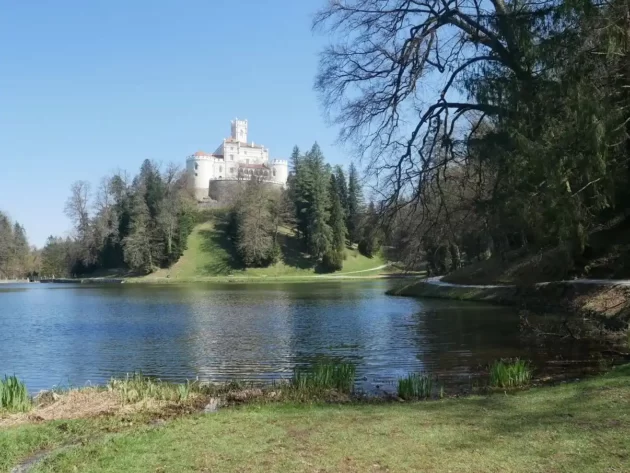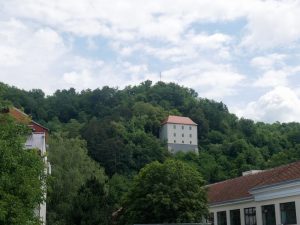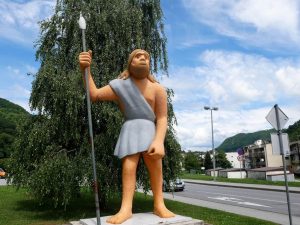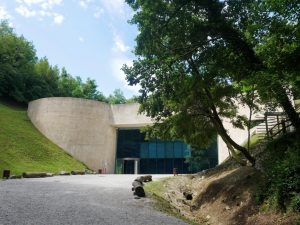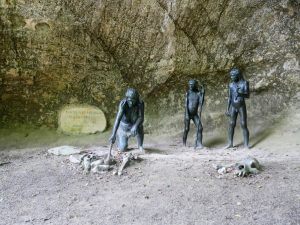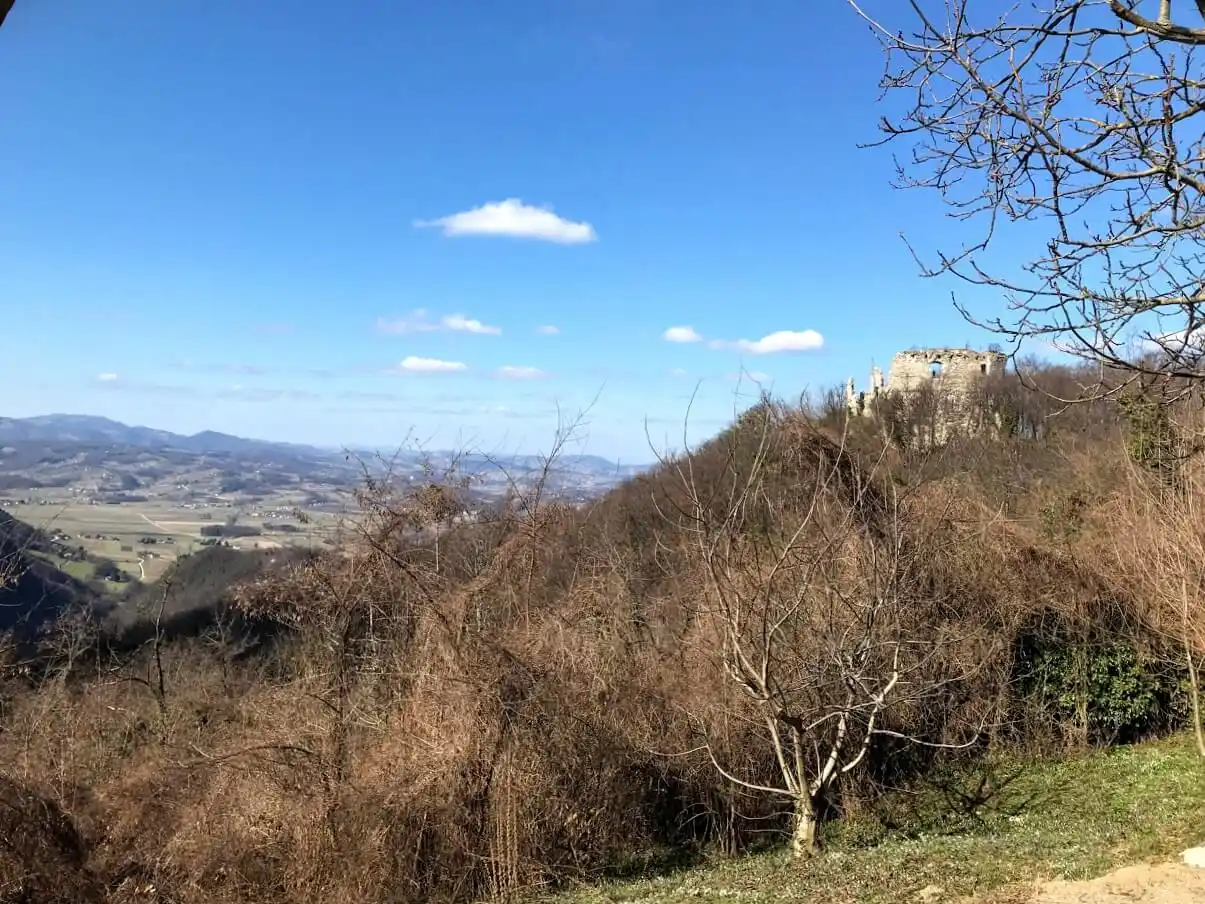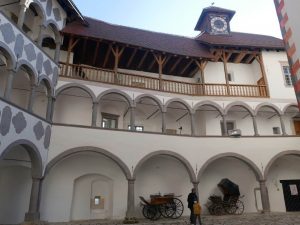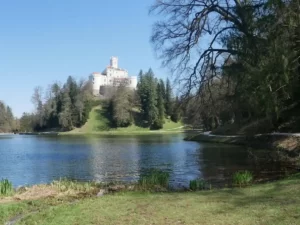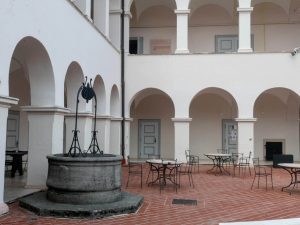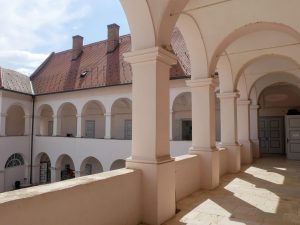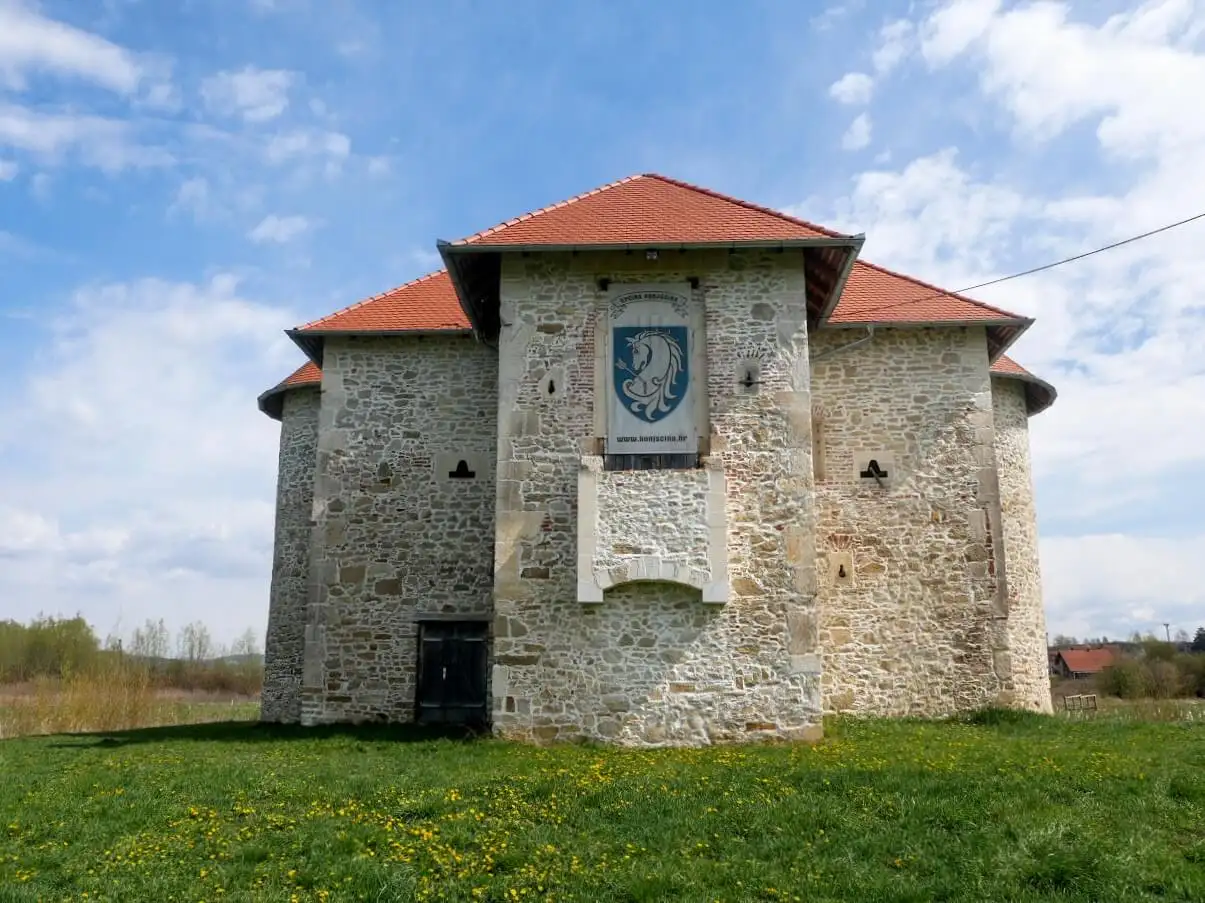Among the first things coming to anyone’s mind when thinking about Croatia are the transparent blue sea, numerous islands and cities like Dubrovnik, Pula or Rovinj. However, besides that well-known Croatia, there is still a hidden part of the country, well worth visiting. One of those places is the Hrvatsko zagorje region of Croatia.
Hrvatsko zagorje region of Croatia
Located in the northern part of the country, the Hrvatsko zagorje region of Croatia is well known for its lovely green hills, numerous castles, thermal springs and some delicious, comforting home-made food.
⤷ Read more: Best places to visit in Croatia
How to get to the Hrvatsko zagorje region of Croatia
Hrvatsko zagorje is located in the north-western corner of Croatia, very close to the border with Slovenia and Hungary. It’s easily accessible by car from Slovenia, Austria or Germany.
You can also visit the Hrvatsko zagorje region on a day trip from Zagreb. There is a highway going from Zagreb to Macelj (on the border with Slovenia), passing right through that region.
If you’d like to visit Hrvatsko zagorje from the Croatian coast, a good idea could be to plan on spending a night in Hrvatsko zagorje and exploring it for two or more days.
⤷ Read more: Istria travel guide: Best places to visit in Istria
Places to see in Hrvatsko zagorje
Hrvatsko zagorje is quite a rural area of Croatia, and it’s best to combine a visit to a few places during your stay. While driving around it, you’ll often see some lovely churches and castles located on top of the hills around you. The charm of that region is in exploring some of those lovely places you’ll stumble upon while driving around it.
The area is also well known for its food, so be sure to stop by at some rustic restaurants and try some local delicacies (more about them, later in the article).
Krapina
Krapina is the largest town in Hrvatsko zagorje, and you can easily reach it on the highway from Zagreb. It’s a small town located in a valley between the hills, giving it a pretty picturesque appearance. Today’s place developed from the medieval town with the same name. You can still see its remains on the hill above the town.
The city centre has a charming old historic feel, so be sure to take a walk around it. The main square, Trg Ljudevita Gaja, is a central meeting place of Krapina. And the best way to feel a bit of the local life is to have a cup of coffee at a beautiful terrace of a cafe there.
Krapina is well known today because of the Hušnjakovo site. It’s a cave where some traces of people living there in Prehistory were found. One of the best Croatian museums is located next to it – Krapina Neanderthal Museum. You can learn more about evolution and the first people living on our planet there.
A nice place to visit for car enthusiasts is the Oldtimer Museum Presečki, where around twenty old cars and sixty motorcycles are exhibited.
⤷ TIP: A lovely place to stay close to Krapina is Vuglec breg. Its owners bought a few historic houses in an old abandoned village and turned them into beautiful rural accommodation. Located on the top of the hill with a fantastic view, a great restaurant and a vineyard just next to it, it’s a perfect place to stay during your trip to Hrvatsko zagorje.
Tuheljske toplice
Hrvatsko zagorje region of Croatia is very famous for its thermal springs. It comes with no surprise they are very popular as a day trip destination for the citizens of Zagreb.
Some of the best of them are Tuheljske toplice, where you’ll find different swimming pools, accommodation, glamping village and spa treatments.
One of the most beautiful Hrvatsko zagorje region’s castles – Mihanović Castle, is a part of the thermal complex.
Klanjec
Located in the western part of the Hrvatsko zagorje region, at the very border with Slovenia, Klanjec is one of the most picturesque towns in the area. Its name in Croatian means canyon and describes its position between the hills quite well.
In the town centre is the Antun Augustinčić Gallery dedicated to one of the most famous Croatian modern sculptors. Across the road from it, another interesting cultural institution is located – Franciscan order Monastery and Church. It was built by the noble family Erdödy, and their sarcophagus are located inside of it.
A hill above the town is called Cesargora. It was named after an old medieval fortress located on it – Cesargrad. It will take you a relatively easy 45 minutes long walk to get to the fort. You’ll have a fantastic view of Slovenia and the Hrvatsko zagorje region from it.
The author of the Croatian national anthem wrote in a foothill of Cesargora. You can visit the monument built to celebrate it below the Cesargrad.
⤷ Read more: A quick guide to Varaždin
Castles in Hrvatsko zagorje
Hrvatsko zagorje region of Croatia is well known for numerous beautiful castles located there. Already during the Middle Ages, the first fortresses started to be built. They were placed on the strategic points above the roads or important places.
Later on, during the Baroque time, castles are being built for the leisure time. Noble families are mostly living there between the 1th and 19th century. They are often placed in beautiful nature, surrounded by parks. Today, there are around fifty castles left in Hrvatsko zagorje. Some are privately owned, some are homes to social institutions or hospitals, while some are turned into museums and could be visited.
Veliki Tabor Castle
Address: Hum Košnički 1, 49216, Hum Košnički / Official website
Veliki Tabor Castle is one of the most recognizable sites in the Hrvatsko zagorje region of Croatia. It was built at the end of the 15th or beginning of the 16th century. Recently restored, it’s a great example of a medieval burg with some elements of Renaissance architecture. Throughout most of the history, Veliki Tabor Castle was owned by the noble family Ratkay.
Besides exploring that interesting building, inside of it you can learn about the way medieval forts were built and an everyday life in a castle. It’s also home to some exciting legends, the most famous being the one about Veronika of Desinić.
⤷ TIP: Some five minutes away a nice Restaurant Grešna gorica is located. Be sure to have a lunch there during your visit to the Hrvatsko zagorje region.
Trakošćan Castle
Address: Trakošćan 4, 42253 Bednja / Official website
Located on a hill above the beautiful lake, Trakošćan is often proclaimed to be the most beautiful castle of the Hrvatsko zagorje region. It’s still not known who and when built it. However, it probably started as a small fort back in the 14th century. It’s first mentioned as a medieval fort in 1399, when the King Sigismund of Luxembourg gave it as a gift to his father in law, Hermann of Cilli.
It changed its appearance throughout the centuries. However, it got today’s look in the 19th century when it was restored in the Neogothic style. Since 1953 it’s used as a museum, and it’s open to the public.
There is a beautiful walking path around the Trakošćan Lake, from where you’ll have some amazing views on this castle.
⤷ TIP: A lovely place to stay just next to the castle is Hotel Trakošćan. The Culture Tourist team stayed there a few times already, and each time we loved it!
Oršić Castle in Gornja Stubica
Address: Samci 64, 49245, Samci / Official website
Although there was an older medieval fort on this spot before, the present castle was built in 1756 by the noble family Oršić. It has an L-shape plan and arcades connecting the castle interior with its courtyard.
Today, it’s home to the Museum of the Peasants’ Revolt, witnessing the important events that happened in the Hrvatsko zagorje region in 1573. Museum also has an excellent exhibition about the castles of Hrvatsko zagorje, making it a great place to learn more about them.
Konjščina Fortress
Address: 49282 Konjščina
Fortress Konjščina is a great example of the late medieval moated castle. Contrary to the previously mentioned castles, Konjščina was located in a valley. So its defence looked different, too. They had to dig a deep trench to help defend it during the sieges. It’s quite an interesting castle because it has both Gothic and Renaissance fortification elements.
Konjščina Fortress was in a poor state after the Second World War. However, it was thoroughly restored a few years ago, so now it again shines in all its glory.
Some useful tips for visiting Hrvatsko zagorje
- Food in Hrvatsko zagorje – Hrvatsko zagorje region is well known for its delicious home-made comfort food. While in the area, be sure to try one of their specialities, duck or turkey with mlinci, sausages with cabbage, štrukli (they can be prepared as a salted or sweet version) or some fruit strudel. And be warned, portions are going to be quite large there.
- Getting around the Hrvatsko zagorje region – The best way to get around the Hrvatsko zagorje region is by car. There is a highway connecting Zagreb and Macelj (at the border with Slovenia). However, smaller roads are also quite good, so don’t be afraid to drive on some of them and enjoy the picturesque scenery of the Hrvatsko zagorje region.
- Souvenirs from Hrvatsko zagorje region – A nice souvenir from Hrvatsko zagorje region is a licitar heart. The area is also well known for the traditional wooden children toys production, so you can look for some of these. Museum shops at some of the castles (such as Trakošćan Castle, Veliki Tabor of Oršić Castle) have a nice selection of these souvenirs.
Hrvatsko zagorje region is a beautiful area located north of Croatia’s capital Zagreb. It’s a beautiful and still undiscovered region of Croatia. Filled with picturesque hills, charming towns and some fantastic castles, be sure to put it on a list of places to visit while in Croatia.

